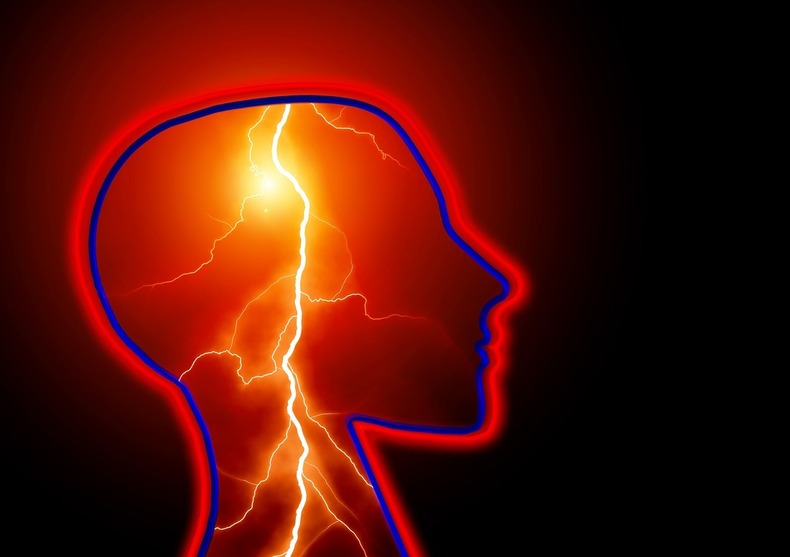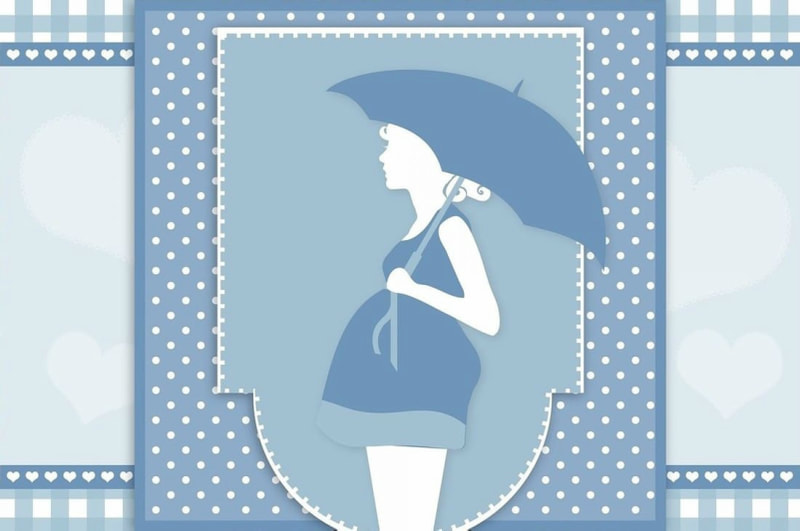A New Dawn of Ischemic Stroke Therapies?
Stroke is the third-leading cause of death in the US, taking the lives of over 140,000 people each year while also being a leading cause of long-term disability. During a stroke, disruption of blood supply to parts of the brain deprives them of oxygen oxygen, which can damage and kill brain cells. This disruption can occur due to a blockage (ischemic stroke) or bursting (hemorrhagic stroke) of a blood vessel. Considering how the brain is responsible for many vital functions such as decision-making, movement, and breathing, stroke can result in permanent injury, disability, or death. In particular, ischemic stroke comprises 87% of all strokes.
Current therapeutic treatments are focused on removing the blockage but have disadvantages such as a narrow therapeutic window for maximized success (up to four and a half to eight hours after stroke, which is not guaranteed) or ineffectiveness in post-stroke rehabilitation. Furthermore, many complex molecular events take place during stroke, including damaging inflammatory and immune responses, which contribute significantly to pathological outcomes. Therefore, the current monotherapeutic drugs, which contain only one type of treatment, are not sufficient.
Current therapeutic treatments are focused on removing the blockage but have disadvantages such as a narrow therapeutic window for maximized success (up to four and a half to eight hours after stroke, which is not guaranteed) or ineffectiveness in post-stroke rehabilitation. Furthermore, many complex molecular events take place during stroke, including damaging inflammatory and immune responses, which contribute significantly to pathological outcomes. Therefore, the current monotherapeutic drugs, which contain only one type of treatment, are not sufficient.
Image Source: stevepb
Following this line of logic, a strategy combining multiple drugs would be more effective because it would address the multifaceted nature of ischemic stroke. This is precisely what Belayev and researchers from Louisiana State University proposed: a combinatory strategy that would both inhibit pro-inflammatory pathways and promote cell survival pathways, overall promoting neurological recovery. Specifically, they focused on an antagonist molecule, LAU-0901, which blocks the pro-inflammatory PAF-R pathway. They also investigated neuroprotective molecules (DHA, NPD1, and AT-NPD1) which are involved in anti-inflammatory pathways. They divided the molecules into 3 pairs, each of which was tested separately or together compared to a control: Series 1 (LAU-0901+NPD1), Series 2 (LAU-0901+AT-NPD1), and Series 3 (LAU-0901+DHA).
To test their effects on stroke, they simulated an experimental stroke on rats, specifically they used a transient middle cerebral artery occlusion (MCAo) model. This model was chosen because it best simulated human ischemic stroke as blockage of the medial cerebral artery (and its branches) accounts for 70% of ischemic strokes. Additionally, rats are commonly used in stroke studies due to ease of use and neurological similarities with humans. Two to three hours after stimulating a stroke, the researchers administered the combination drugs, and measured behavior, brain lesion volume, and lipids present over certain days.
The researchers discovered that for Series 1, 14 days after stroke, LAU-0901+NPD1 and NPD1 alone significantly reduced behavior deficits and brain lesion volumes. The combination group in Series 2, three days after stroke, displayed similar success compared to either LAU-0901 or AT-NPD1 alone. The combination group in Series 3 also improved behavior the first day after stroke. Additionally, LAU-0901 alone or with DHA increased production of lipid mediators that promote neural recovery and decreased productions of a pro-inflammatory lipid mediator, 12-HETE.
Overall, a combinatorial approach improved post-stroke disease outcome much better than a monotherapeutic approach. Although this study used rat models that simulate human ischemic stroke, there is still the question of whether the results would translate effectively to clinical trials. Nevertheless, its novel strategy addressing the involvement of neuroinflammation in ischemic stroke has promise for treating this disease currently without a universally effective treatment and opens up potential therapeutic avenues to explore in the future.
To test their effects on stroke, they simulated an experimental stroke on rats, specifically they used a transient middle cerebral artery occlusion (MCAo) model. This model was chosen because it best simulated human ischemic stroke as blockage of the medial cerebral artery (and its branches) accounts for 70% of ischemic strokes. Additionally, rats are commonly used in stroke studies due to ease of use and neurological similarities with humans. Two to three hours after stimulating a stroke, the researchers administered the combination drugs, and measured behavior, brain lesion volume, and lipids present over certain days.
The researchers discovered that for Series 1, 14 days after stroke, LAU-0901+NPD1 and NPD1 alone significantly reduced behavior deficits and brain lesion volumes. The combination group in Series 2, three days after stroke, displayed similar success compared to either LAU-0901 or AT-NPD1 alone. The combination group in Series 3 also improved behavior the first day after stroke. Additionally, LAU-0901 alone or with DHA increased production of lipid mediators that promote neural recovery and decreased productions of a pro-inflammatory lipid mediator, 12-HETE.
Overall, a combinatorial approach improved post-stroke disease outcome much better than a monotherapeutic approach. Although this study used rat models that simulate human ischemic stroke, there is still the question of whether the results would translate effectively to clinical trials. Nevertheless, its novel strategy addressing the involvement of neuroinflammation in ischemic stroke has promise for treating this disease currently without a universally effective treatment and opens up potential therapeutic avenues to explore in the future.
Featured Image Source: geralt
RELATED ARTICLES
|
Vertical Divider
|
Vertical Divider
|
Vertical Divider
|






